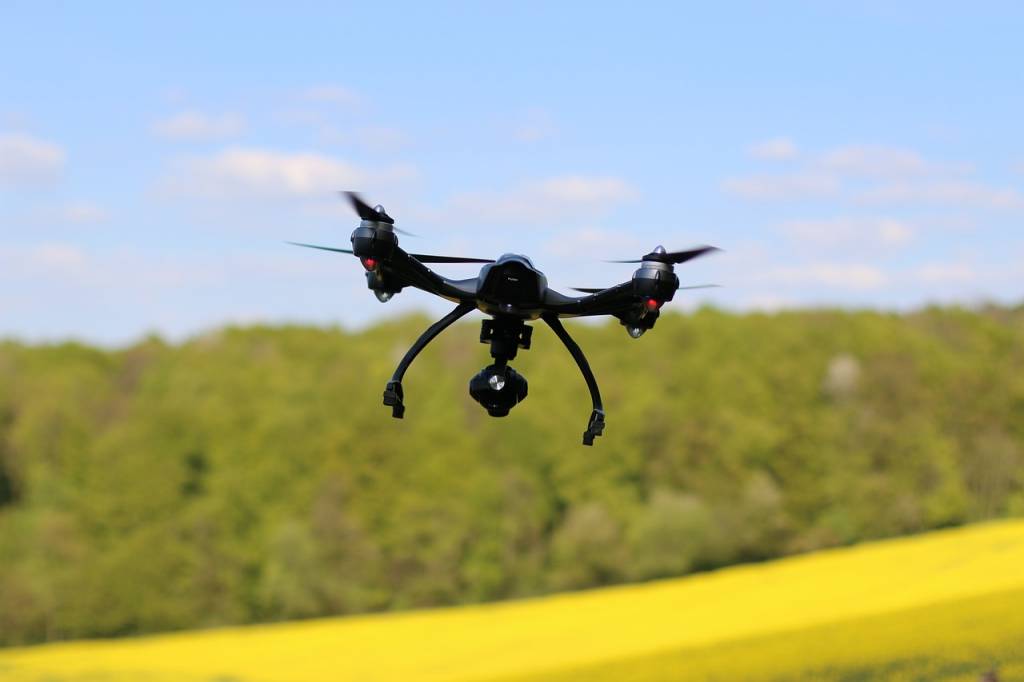
Photo courtesy Pixabay.com
The U.S. Department of Homeland Security (DHS) Science and Technology Directorate (S&T) and its research partners selected 13 U.S. and international companies to develop smart cities technologies that will assist in public safety. The work will focus on research and development in three different areas—in-building sensors, unmanned aerial systems, and on/off-body mobile SmartHubs—with each section combining communications and sensors to increase responder situational awareness, building security, and enhance mission-critical operations.
“We are excited to work with these innovative partners to quickly get tools into new commercial markets that benefit our first responders, DHS components, and industry partners,” said Jeff Booth, DHS S&T program manager. “Our goal here was to identify technologies already on the market that could be adapted to meet the very specific needs and challenges of those protecting and serving our communities.”
The selections are the result of the Request for Innovators (RFI) released earlier this year for the DHS S&T Smart Cities Internet of Things Innovation (SCITI) Labs program. The program focuses on rapid commercialization of technologies, with the initial prototypes from the selected companies to be demonstrated this summer.
Thirteen companies were selected to develop initial prototypes in the following areas:
Building Sensors: fixed in-building sensor suites for detection and situational awareness
- University of Dayton Research Institute (Ohio);
- EcoDomus (Reston, Virginia);
- Honeywell International (Morris Plains, New Jersey);
- Mutualink (Wallingford, Connecticut); and
- Wireless System Solutions (Durham, North Carolina).
Unmanned Aerial Systems: indoor search and discovery
- Airgility (Reston);
- Known Quantity Sensors (Atlanta);
- University of Cincinnati (Ohio); and
- Third Insight (Austin).
SmartHub: responder-focused mobile communication and sensor suites
- CommandWear Systems (Vancouver, British Columbia, Canada);
- Coolfire Solutions (St. Louis, Missouri);
- Excession Technologies (London, United Kingdom); and
- Zello (Austin).
In the coming months, these companies are expected to refine and integrate capabilities to better meet use case requirements and demonstrate end-to-end connectivity between various sensor suites, building infrastructure, and first responders.
For more information about the selections and SCITI collaboration, click here.
To read more about other opportunities to work with DHS S&T, click here.




